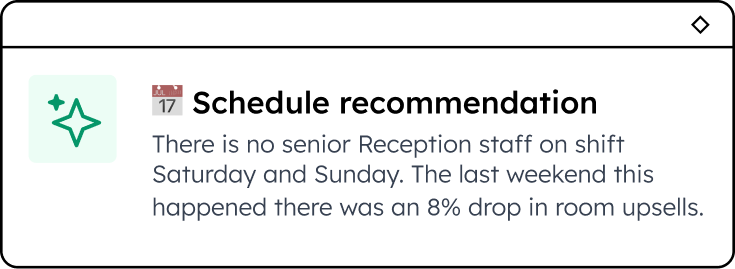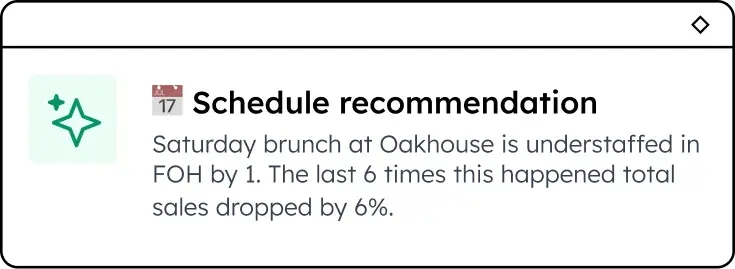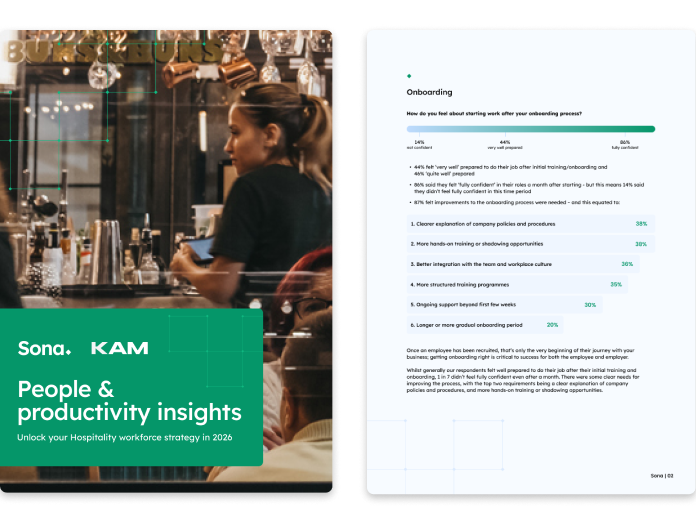Social Care boomerang: The process of hiring returning employees
Recruitment and retention is often the first thing on many providers’ list of challenges. According to our 1000-responder poll, Health and Social Care employees aren’t just leaving their organisations, they’re exiting the sector altogether. And yet, there’s good news for recruiters: more than half are willing to return in the right circumstances!
5 minute read
These are boomerang employees. We’re going to explore how to bring them back, what questions to ask them in an interview, and what are the pros and cons of hiring returning employees for your organisation.
What are boomerang employees?
Most often, people refer to an employee who leaves an organisation for another, then returns to the first as a boomerang employee. But the term can be expanded for those leaving one sector for a different one, then realising it is not a good fit and going back to their first choice. Fundamentally, returning employees are boomerang employees.
Some care professionals decide to take a chance and look at different careers, with most of them looking for:
- Better skill alignment
- More flexibility when scheduling shifts
- Clearer career opportunities
In our 2022 exit interview poll, we found that most Social Care employees who were looking at different sectors put “finance and insurance” as the top choice (14%), with retail following closely. In 2023, education has taken the top spot (12%).
 Out of these, it is likely that some might not feel as fulfilled in their new sector and try to return to care work by reaching out to their previous organisations. These would be Social Care boomerang employees.
Out of these, it is likely that some might not feel as fulfilled in their new sector and try to return to care work by reaching out to their previous organisations. These would be Social Care boomerang employees.
Why do people return to jobs they’ve left?
Volitional change has been connected to personal well-being. Therefore, it makes sense that some people who switch jobs are simply in need of change. This often brings with it perspectives that might have been lacking, especially if the person in question had been working in the same location or role for a long time.
Priorities also change over the course of a person’s professional life. Age and tenure play a big part in employees’ motivation for leaving. In The Big Reshuffle study, when pay was taken out, under 35s highlighted as their top reasons:
- Physical and mental health
- Not feeling valued
- Too much travel time
At the same time, over 35s felt like they were lacking:
- Flexibility
- Good management
These motivations are not black and white. They operate on a spectrum and having a chance to try out a different organisation’s management style or shift flexibility can give an employee the perspective they needed to appreciate their original employer’s standards, leading them to a decision to return.
A thorough exit interview is a good method to identify and record this information, especially if an employee will be looking to return at some point in the future. Over half of the Health and Social Care professionals interviewed were never asked to stay at all, which in a challenging recruitment environment could be a missed opportunity.
Top tip: Exit Interviews can help you learn as much as you can about those leaving, which can come in handy if they decide to return. Here’s a free exit interview template for you.
Boomerang employee interview questions
According to Skills for Care, the number of Social Care vacancies is at approx. 10% of the total workforce. Having returning employees can seem like the best way to fill these vacancies since they have a proven skill set and familiarity with staff and residents alike.
This being said, boomerang employees should follow a similar recruitment process to other candidates, with the interview stage being essential in identifying their motivations to return.
Deciding whether their reasons to leave were legitimate and ensuring they will not become an issue again in the future, will be down to the interviewer. Reasons outside people’s control, like having to relocate temporarily, would be easy to categorise. But there will also be situations where an employee left simply because they wanted to try something new, and it will come down to the interviewer’s experience and trust in that person when deciding to offer them a role or not.
Therefore, the first questions to ask a returning employee are:
- Why did you decide to leave?
- Why would you like to return?
- Are the factors that made you want to leave still applicable, and if so, won’t they lead you to leave again?
In addition to to these introductory questions, the interviewer can also ask:
What did you learn at your last job?
Trying a new role or experiencing a different organisation’s processes can teach a good employee valuable lessons, which they can then bring back and apply. Even a negative experience can be valuable, together with the trust and honesty needed to admit that they made a mistake in leaving their original job.
What are you looking forward to when returning to your old position?
For employees looking to return, it might be the team, the residents, or a familiar location that motivates them. Whichever it may be, it is important that they have something meaningful to look forward to, so that an old role feels comfortable and reliable, rather than boring or frustrating.
Are there any reasonable changes you would like us to make to your role?
We’ve highlighted above that beyond pay, employees leave (or join) an organisation for a variety of other reasons, some of which are easier to accommodate than others. For example, being recognised by a manager more often, even if it’s just verbal encouragement, is a reasonable demand. Shift flexibility might be more difficult, but making their rota available 2+ weeks in advance and collecting their feedback regularly is a great place to start.
Returning employees pros and cons
To wrap things up, let’s explore the pros and cons of returning employees in Social Care.
Pros:
- Familiar to residents and staff
- Experienced with Social Care settings and processes
- Onboarding process can be minimal
- Can take on full responsibilities soon after starting
- Can boost existing employees’ morale by demonstrating the benefits of their current role
Cons:
- Risk of leaving again can put pressure on managers and teams
- Unreasonable expectations for changes to their role
Overall, the cons listed above aren’t necessarily unique to boomerang employees. There will always be a risk of people leaving or being unsatisfied with their role. At the same time, having an experienced member of staff returning can have a positive impact on retaining current employees and can balance out those who are considering leaving - again or for the first time.
How to attract more employees, new and returning
Attracting employees as a Social Care organisation is challenging - that’s a fact. But there are many avenues managers and leaders can explore in order to improve recruitment and boost retention. Welcoming returning employees is only a small part of a bigger strategy.
From looking outside traditional recruitment platforms, to making use of employee-referral schemes, and focusing on well-being as well as job performance, to accepting the risk that some of these strategies might not work out: It all starts with an openness to change.
Enjoyed this article? Let's stay in touch 👋
If you liked this article, why not subscribe to our newsletter to get the latest news and views delivered straight to your inbox?




















